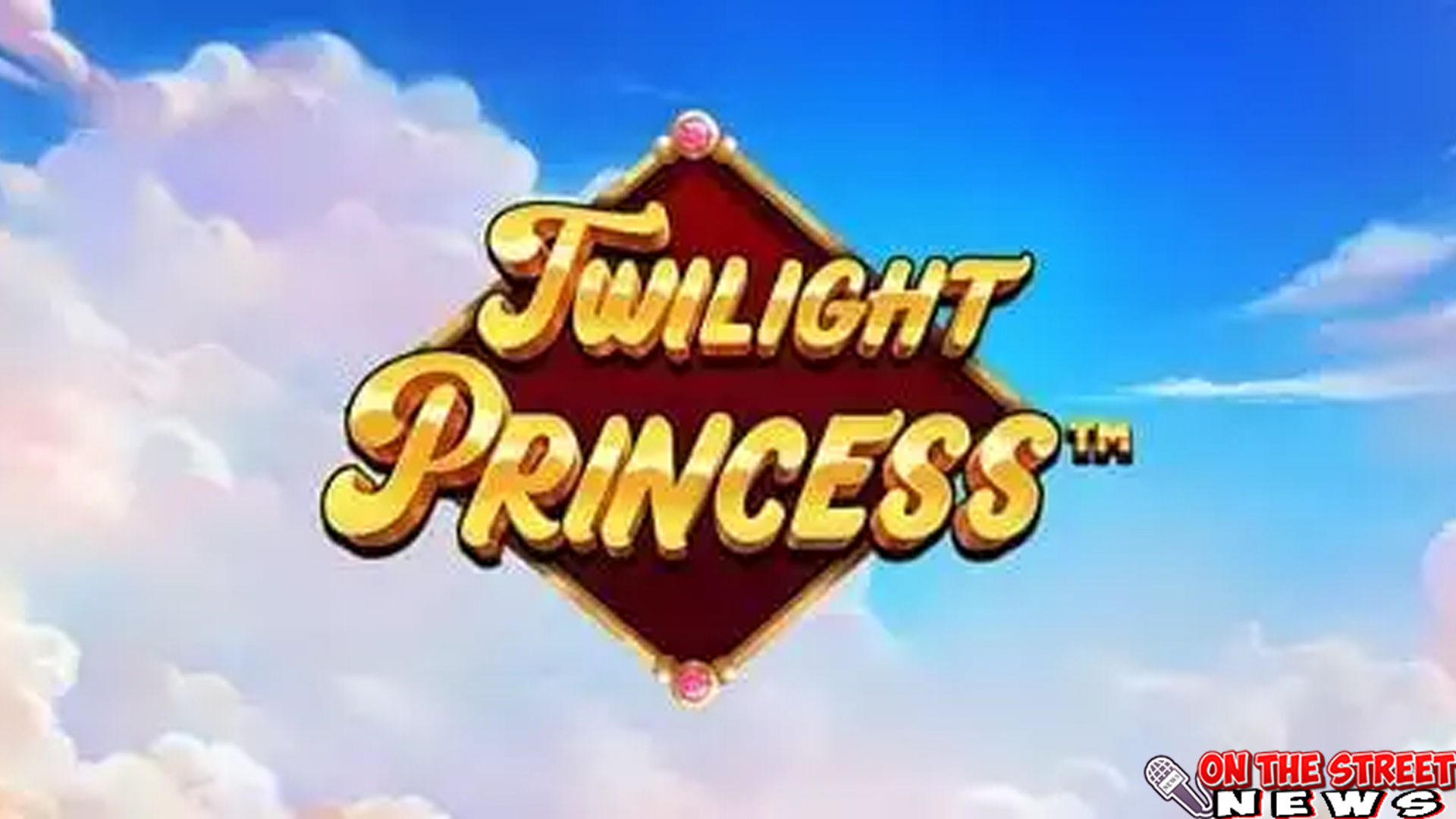On The Street News – thegardenbarnhouse.com – Pesona Natalie Cole Dari Lagu2 Hits Legenda Musik Abadi Natalie Cole berhasil mengukir namanya di dunia musik sebagai […]
Rizwan Fadilah Hadir dengan Suara2 Memikat dan Energi Baru
On The Street News – thegardenbarnhouse.com – Rizwan Fadilah Hadir dengan Suara2 Memikat dan Energi Baru Kehadiran Rizwan Fadilah dalam dunia musik bukan sekadar tambahan […]
Slot Indonesia Sensasi Menang Paling Gila2 di Dance Party!
thegardenbarnhouse.com – Slot Indonesia Sensasi Menang Paling Gila2 di Dance Party! Kalau ngomongin game slot yang bukan cuma kasih sensasi biasa tapi juga bikin deg-degan […]
Ruby8000 Link Alternatif Spin 1x Jackpot Twilight Princess!
thegardenbarnhouse.com – Ruby8000 Link Alternatif Spin 1x Jackpot Twilight Princess! Gak semua hari bisa di awali dengan hoki, tapi game Ruby8000 dengan Link Alternatif Spin […]
Sabrina Carpenter Pop Star Muda yang Makin Bersinar!
On The Street News – thegardenbarnhouse.com – Sabrina Carpenter Pop Star Muda yang Makin Bersinar! Nama Sabrina Carpenter kini bukan cuma jadi perbincangan fans musik […]
Link Alternatif RUBY8000 Temukan Pesona Slot Irish Charms!
thegardenbarnhouse.com – Link Alternatif RUBY8000 Temukan Pesona Slot Irish Charms! Langit mendung bisa jadi terang kalau kamu tahu harus ngeklik ke mana. Salah satunya? Link […]
Kris Dayanti Elegan Vokal Mematikan, dan Karisma Tiada Dua!
On The Street News – thegardenbarnhouse.com – Kris Dayanti Elegan Vokal Mematikan, dan Karisma Tiada Dua! Ketika seseorang menyebut di va Indonesia, nama Kris Dayanti […]
Jam Slot Gacor Twilight Princess Analisis Data Pembayaran!
thegardenbarnhouse.com – Jam Slot Gacor Twilight Princess Analisis Data Pembayaran! Kalau ngomongin slot, Twilight Princess langsung masuk daftar game yang sering bikin para pemain penasaran. […]
Nabila Taqiyyah Penyanyi Muda dengan Arah Musik Berkelas
On The Street News – thegardenbarnhouse.com – Nabila Taqiyyah Penyanyi Muda dengan Arah Musik Berkelas Di tengah persaingan industri musik yang kian ketat. Berbeda dari […]
Dijamin Cuan! Main Slot Shamrock Quest di Ruby8000 Login
thegardenbarnhouse.com – Dijamin Cuan! Main Slot Shamrock Quest di Ruby8000 Login Siapa yang nggak tergiur kalau dengar kata “dijamin cuan”? Apalagi kalau mainnya di slot […]










